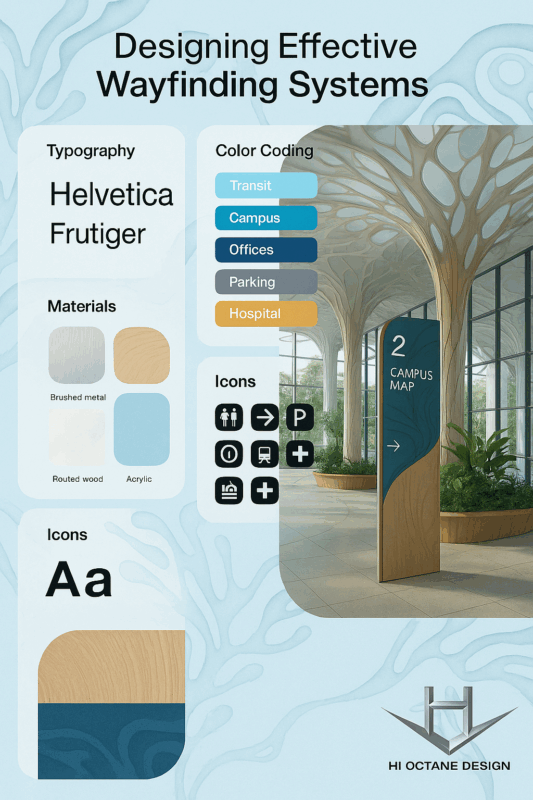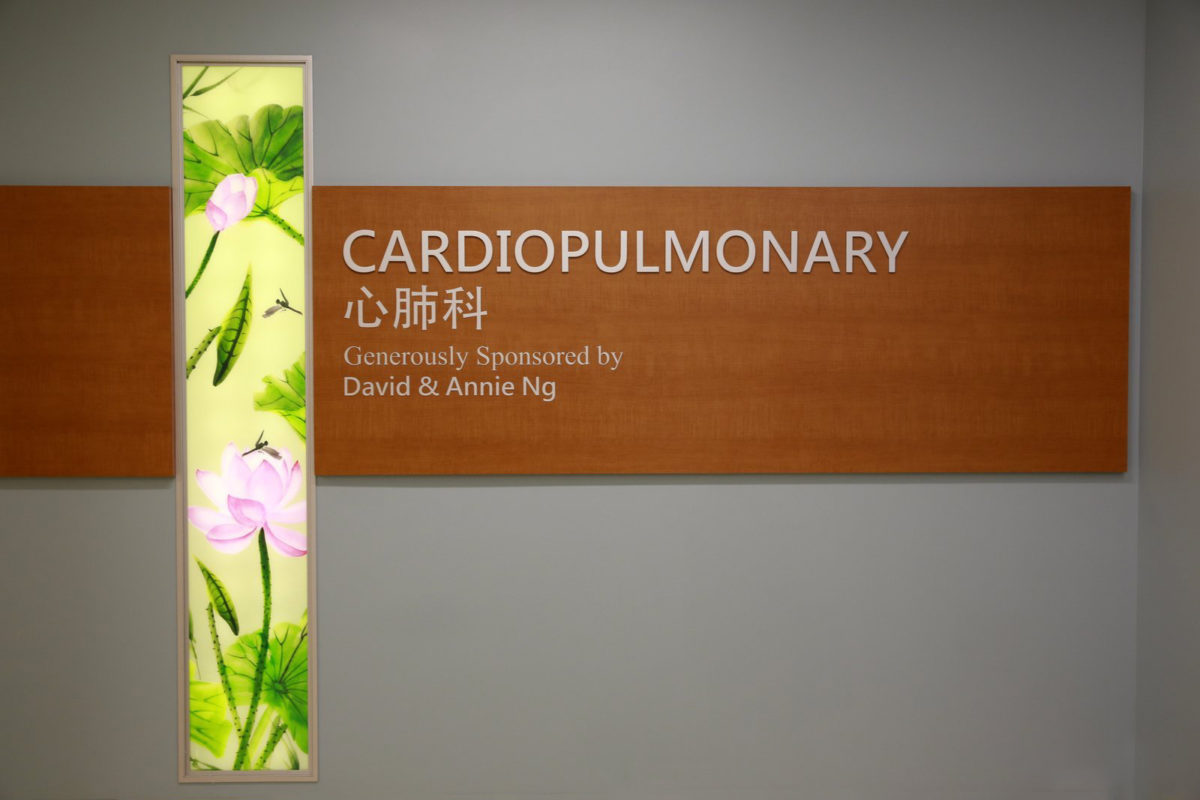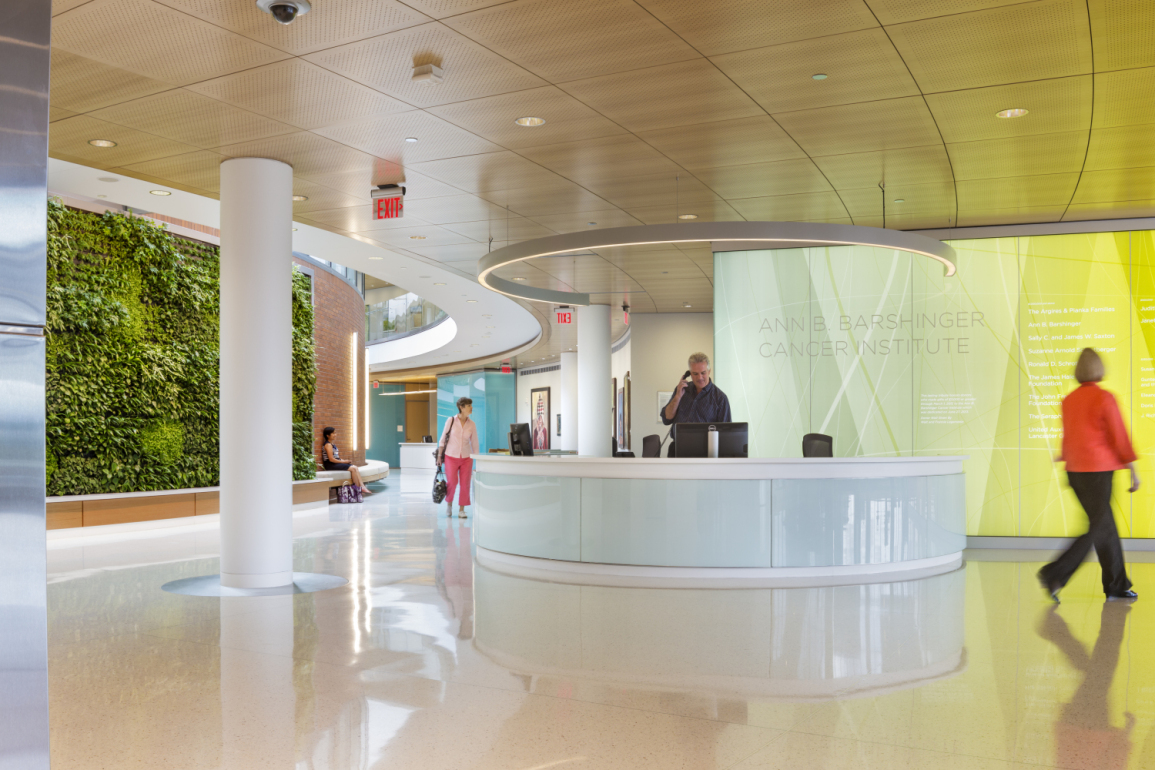
In today’s fast-paced, digitally saturated world, designers are increasingly turning to biophilic and biomorphic design principles to reconnect people with the natural world. While biophilic design emphasizes incorporating elements of nature into the built environment—like natural light, water, and plant life—biomorphic design focuses on shapes and forms that mimic natural patterns, such as fractals, spirals, or cellular structures. Together, they create spaces that are not only beautiful but also support mental wellness, productivity, and human comfort.

Architectural examples of these approaches are emerging in innovative ways. The Eden Project in the UK, for example, features massive geodesic biodomes shaped like honeycomb cells that reflect biomorphic forms while housing rich biophilic content—lush vegetation and diverse ecosystems. Likewise, Singapore’s Changi Jewel Airport is a biophilic marvel, where the world’s tallest indoor waterfall flows beneath a canopy of glass and steel, creating a sensory experience that’s deeply calming and energizing. These spaces prove that buildings can do more than function—they can soothe, heal, and inspire.
In interior design, biophilic concepts are evident in projects like Amazon’s Spheres in Seattle, where employees work amidst 40,000 plants in domed glass structures. Natural materials like wood, stone, and living walls dominate the space, while biomorphic furnishings with curving, organic forms soften the workplace experience. Residential designers also use patterns found in nature—think leaf-shaped light fixtures or wave-like room dividers—to mirror the serenity of the outdoors, even in compact urban apartments.
Biophilic design also plays a critical role in environmental graphic design (EGD) and experiential spaces. Consider how Meow Wolf’s immersive exhibits use biomorphic tunnels, textures, and lighting to evoke exploration and organic wonder. On a more functional level, hospitals and clinics have begun integrating biophilic cues—like plant-inspired wayfinding graphics and floor patterns modeled after tree canopies—to reduce patient stress. These visual and spatial experiences extend beyond aesthetics; they ground users in the environment and create a subconscious sense of ease and orientation.
As climate anxiety rises and the value of mental wellness in public and commercial design becomes clearer, the future of built environments will likely depend on these principles. Designers are no longer asking if nature should be included, but how deeply it can be woven into the identity of a space. Biophilic and biomorphic design together, invite us to step into a world that doesn’t separate us from nature, but welcomes us back into its embrace—with every curve, leaf, and ray of light.


